- News
- Reviews
- Bikes
- Components
- Bar tape & grips
- Bottom brackets
- Brake & gear cables
- Brake & STI levers
- Brake pads & spares
- Brakes
- Cassettes & freewheels
- Chains
- Chainsets & chainrings
- Derailleurs - front
- Derailleurs - rear
- Forks
- Gear levers & shifters
- Groupsets
- Handlebars & extensions
- Headsets
- Hubs
- Inner tubes
- Pedals
- Quick releases & skewers
- Saddles
- Seatposts
- Stems
- Wheels
- Tyres
- Tubeless valves
- Accessories
- Accessories - misc
- Computer mounts
- Bags
- Bar ends
- Bike bags & cases
- Bottle cages
- Bottles
- Cameras
- Car racks
- Child seats
- Computers
- Glasses
- GPS units
- Helmets
- Lights - front
- Lights - rear
- Lights - sets
- Locks
- Mirrors
- Mudguards
- Racks
- Pumps & CO2 inflators
- Puncture kits
- Reflectives
- Smart watches
- Stands and racks
- Trailers
- Clothing
- Health, fitness and nutrition
- Tools and workshop
- Miscellaneous
- Buyers Guides
- Features
- Forum
- Recommends
- Podcast
review
£89.99
VERDICT:
Well-designed and well-thought-out front light that works in loads of weather conditions
Weight:
207g
Contact:
At road.cc every product is thoroughly tested for as long as it takes to get a proper insight into how well it works. Our reviewers are experienced cyclists that we trust to be objective. While we strive to ensure that opinions expressed are backed up by facts, reviews are by their nature an informed opinion, not a definitive verdict. We don't intentionally try to break anything (except locks) but we do try to look for weak points in any design. The overall score is not just an average of the other scores: it reflects both a product's function and value – with value determined by how a product compares with items of similar spec, quality, and price.
What the road.cc scores meanGood scores are more common than bad, because fortunately good products are more common than bad.
- Exceptional
- Excellent
- Very Good
- Good
- Quite good
- Average
- Not so good
- Poor
- Bad
- Appalling
The Moon Meteor Storm Dual Front Light cleverly gives you the option of three different beam colours to adapt to different weather conditions. It backs that up with great build quality, reliability and good battery life at a decent price.
- Pros: Yellow LED is great at reducing glare in fog and misty conditions; battery life; loads of customisation
- Cons: Bracket is quite bulky
Bright white LEDs trump the older yellowish halogen bulbs pretty much everywhere except when it is foggy. Even on their lowest settings all you end up with is a load of glare as it lights up the cloud in front of you rather than the road.
Admittedly, we don't get a huge amount of fog in the UK but when we do it can hang around a fair bit and for quite a few days in a row. I can remember commuting a few years back and for four consecutive days I was riding the 17 miles each way in the dark with a blanket fog for company; it was hard work.
After waiting a few weeks of the test period, I finally woke up to a foggy dark morning with very poor visibility...
Performance
The Meteor has two LEDs. One is a 'warm white' (3000K) on the Kelvin Scale of measuring colour temperature, which is basically quite yellowish, while the other is 'cool white' sitting at around 6500K.
The former is for use in the fog and heavy rain to reduce glare, and it works very well indeed.
Riding on those foggy mornings, not having a wall of white light rebounding back at me made it much easier on the eyes, much less straining. Overall visibility in terms of distance isn't changed, but you can see a lot more of the road that is available.
On wet roads the reduced dazzle from the surface is much appreciated too.
For dry roads, Moon recommends using the cool white LED on its own, and it is pretty much like every other white LED in the bike light market where the colour gives plenty of clarity for picking up the edges of potholes and the like when travelling at speed.
The beam pattern isn't road-specific, but it works well with quite a pronounced spot in the centre fading out to the sides which picks up the verges on either side of the road when out on the country lanes.
When conditions are changeable, or you just want more light than just the 800 lumen achievable by each LED individually, you can use both LEDs together.
This might sound like a lot of faffing, but swapping LEDs and modes is very simple – even on the fly. There are just two buttons on the Meteor Storm Dual, and pressing the one on the left, the VLS button, switches through the different LED setups.
When it comes to modes there are three steady ones for each LED option: Mode 1, Mode 2 and Boost.
With both LEDs ignited you get 1,300 lumens (Boost), 800 lumens (Mode 1) and 100 lumens (Mode 2), with burn times of 2hrs, 3hrs and 25hrs respectively.
If you have either of the two LEDs on separately, that changes to 800 lumens/Boost (2hrs 45mins), 600 lumens/Mode 1 (3.5hrs) and 80 lumen/Mode 2 (27.5hrs).
You aren't locked into those modes, though, as the outputs in Mode 1 and Mode 2 are fully customisable by pressing and holding the VLS button.
You could leave Mode 1 (both LEDs) at 800 lumens for use on dark lanes and increase Mode 2 to 400 lumens to use as a dipped mode, for instance. It's a clever option that can be used to achieve a good balance of output and battery life.
To toggle between Mode 1 and 2 you just press the on/off button or use the included wired remote control, and if you want the Boost mode you give it a double click to turn it on or off.
Now, my biggest bugbear with front lights is having to scroll through all of the modes to get back to full and having to go through flashing to get there. It's an absolute no-no when out on a pitch-black lane to have a 90s rave strobing away in front of you.
No such issues here, though. To enter the two flashing modes, you have to press and hold the on/off button for three seconds and do the same to go back to steady: perfect.
Flash 1 gives 100 lumens which is enough to get you noticed in an urban environment at night, with a 400-lumen Flash 2 to get you noticed in the daylight. The battery will last 125hrs for Flash 1 and 220hrs for Flash 2 – its flash pattern means that the LED isn't on as much as Flash 1.
Battery life is good, and I often achieved in excess of all of the claimed burn times I tested by around 10%. You can follow progress of how much juice you have left by way of the matrix display, which also tells you what mode you are in.
It can all be a bit daunting to start with, but you soon get used to what all of the light patterns mean on the top of the light.
Weatherproofing
When it comes to weatherproofing, I also didn't have any issues. It's been pretty wet of late and I've been caught out in many torrential downpours.
The USB-C charging point is well sealed by a rubber cover underneath, and kept the spray from a bathroom shower test at bay in line with its IP rating.
Bracket
Also in the box is a handlebar bracket that holds the light securely, although it is on the bulky side with its large thumbwheel design which can be a bit of a faff when the cables are running close to the handlebar.
There is also a helmet mount included too.
Value
For the quality of the build, the outputs and battery life, the Meteor Dual is a good option for money, in my eyes.
For maximum output on dry roads I did find using both LEDs wasn't quite as good as using a powerful light with just white LEDs, as the mix of the white and yellow just takes the edge off the sharpness of the beam, but it's a small price to pay for use in rubbish weather.
Similarly priced lights such as the Cateye AMPP 800 are shy on output compared to the Moon, and with the latter you are also getting longer burn times with an extra 500 lumens. The Cateye is a good light, though, with a slightly nicer beam pattern; I used the 1000-lumen version alongside the Moon and the review will be up soon.
> Buyer's Guide: The best 2019/2020 front lights and beam comparison engine
On paper the Oxford Ultratorch 2K looks like a very good proposition – I mean, 2000 lumen for an extra tenner! In reality, though, the Oxford puts out nothing like that power, and the beam pattern, build quality and pretty much everything about the Moon surpasses that of the Oxford, which highlights what really good value the Meteor is.
Overall, the Meteor Storm Dual is a very well thought out light, and the customisation of the outputs is a massive plus. For the money it is very easy to recommend.
Verdict
Well-designed and well-thought-out front light that works in loads of weather conditions
road.cc test report
Make and model: Moon Meteor Storm Dual front light
Size tested: 1300 lumen max
Tell us what the light is for, and who it's aimed at. What do the manufacturers say about it? How does that compare to your own feelings about it?
Moon says, "Specialize in foggy weather
"The warm white passes through fog
"Improve your visibility in a foggy day"
It's more than just a light for use in poor conditions though. It is a very good light with loads of options.
Tell us some more about the technical aspects of the light?
On its website, Moon lists:
Model
METEOR STORM DUAL
LED
2 CREE XM-L2
Max. Lumens
1300 LM
Max. Runtime
2000:00
Battery Type
2200mAh Li-PO Built-in
Recharge Time
2A: 2:30 hrs
Size (W x D x H)
116 x 48 x 34mm
Rate the light for quality of construction:
8/10
Rate the light for design and ease of use. How simple was the light to use?
9/10
Rate the light for the design and usability of the clamping system/s
7/10
Rate the light for waterproofing. How did it stand up to the elements?
9/10
Rate the light for battery life. How long did it last? How long did it take to recharge?
9/10
Battery life is brilliant, beating all of the quoted burn times and it recharged quickly.
Rate the light for performance:
8/10
Rate the light for durability:
9/10
Rate the light for weight:
7/10
Rate the light for value:
7/10
Tell us how the light performed overall when used for its designed purpose
Very well thought out. It's easy to use and offers plenty of output options.
Tell us what you particularly liked about the light
The mixture of power outputs versus battery life.
Tell us what you particularly disliked about the light
Bulky bracket can be tricky to fit if your cables run close to the handlebar.
How does the price compare to that of similar products in the market, including ones recently tested on road.cc?
This £80-£100 range is a very busy place in the market but the Meteor stands up well against the likes of Cateye, ETC, Knog and others when it comes to beam pattern, usability and battery life.
Did you enjoy using the light? Yes
Would you consider buying the light? Yes
Would you recommend the light to a friend? Yes
Use this box to explain your overall score
The Moon Meteor Storm Dual is a really decent light offering good burn times, good outputs and great user-friendliness. The fact that it comes in at under £100 is also a bonus.
About the tester
Age: 41
I usually ride: This month's test bike My best bike is: B'Twin Ultra CF draped in the latest bling test components
I've been riding for: Over 20 years I ride: Every day I would class myself as: Expert
I regularly do the following types of riding: time trialling, commuting, club rides, sportives, fixed/singlespeed
Since writing his first bike review for road.cc back in early 2009 senior product reviewer Stu has tested more than a thousand pieces of kit, and hundreds of bikes.
With an HND in mechanical engineering and previous roles as a CNC programmer/machinist, draughtsman and development engineer (working in new product design) Stu understands what it takes to bring a product to market. A mix of that knowledge combined with his love of road and gravel cycling puts him in the ideal position to put the latest kit through its paces.
He first made the switch to road cycling in 1999, primarily for fitness, but it didn’t take long for his competitive side to take over which led to around ten years as a time triallist and some pretty decent results. These days though riding is more about escapism, keeping the weight off and just enjoying the fact that he gets to ride the latest technology as part of his day job.
Latest Comments
- OldRidgeback 2 min 57 sec ago
Hmm, it won't allow much seat post adjustment. And if there had been a more gentle curve rather than a massive stress concentration, then it'd make...
- sigirides 5 min 46 sec ago
Literally no one has said that. You are a troll. Begone.
- OldRidgeback 7 min 24 sec ago
The fine was only dropped because it was such an embarassing move by The Home Office. I suspect that had there been no press coverage, the fine...
- Velo-drone 13 min 19 sec ago
I think that you deserve some opprobium for judging other people's lives without walking in their shoes...
- David9694 37 min 48 sec ago
yes - as I often reflect when I meet one out of my country lanes and their idea of courtesy is to stop, effectively blocking the road. "you're the...
- Rendel Harris 1 hour 25 min ago
Did you miss the bit further down the thread where Chris said this about you: "...clearly parody / defend the indefensible for the exercise, no?...
- slc 1 hour 54 min ago
A couple of weeks before the overnight installation, I was suggesting to a friend that the council would have to give up or at least change plans...
- Geoff H 5 hours 14 min ago
None of the commenters below noted that NONE of the car pictured are going to "back out quickly"! Are those bollards solid steel posts? Or are they...
- ChrisA 9 hours 44 min ago
Just seems like a general lack of consideration; less regard for (what were) social norms - everything from rubbish to rubbish driving....
- mdavidford 10 hours 22 min ago
This is going to give cross people something else to hang their crossness on.









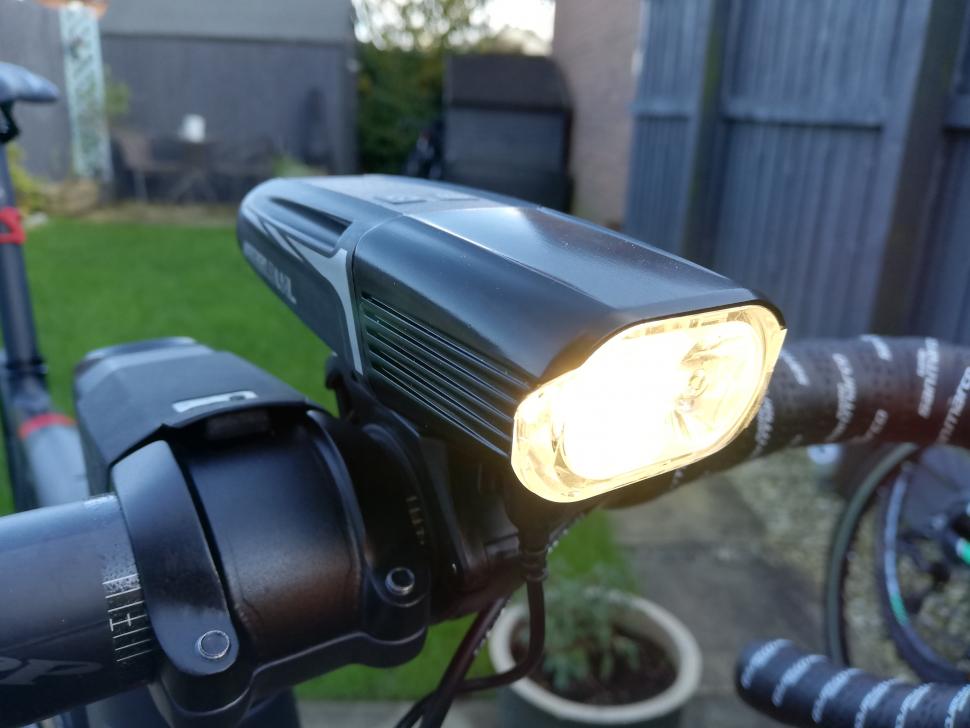

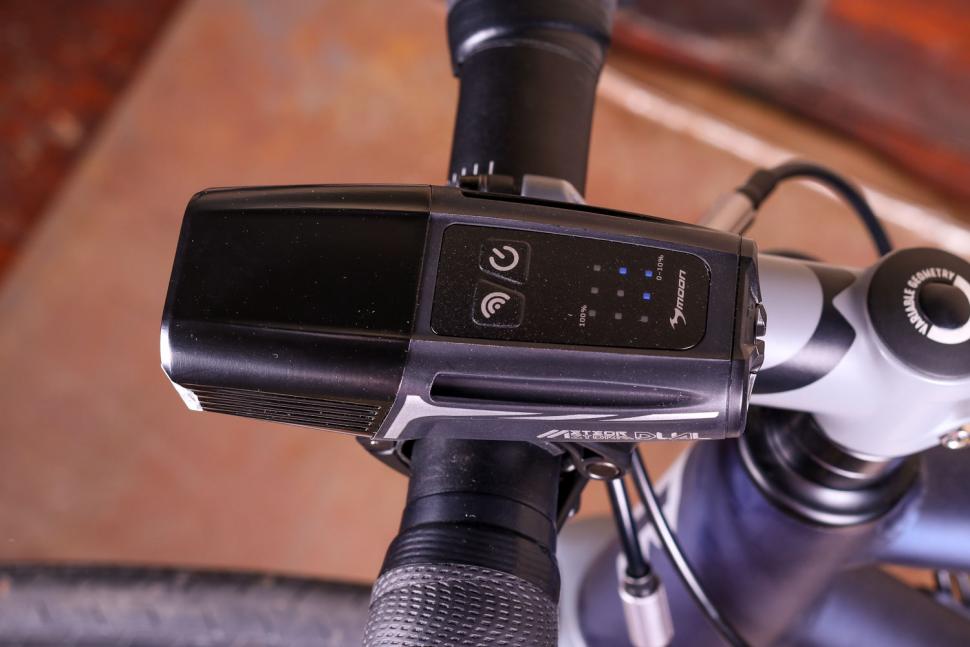
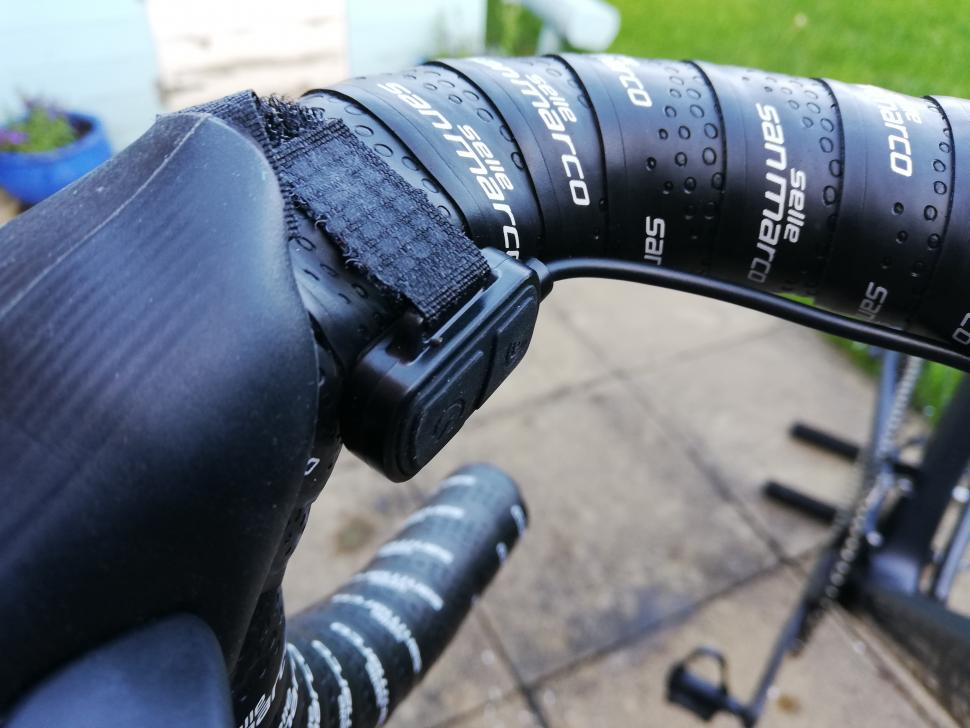
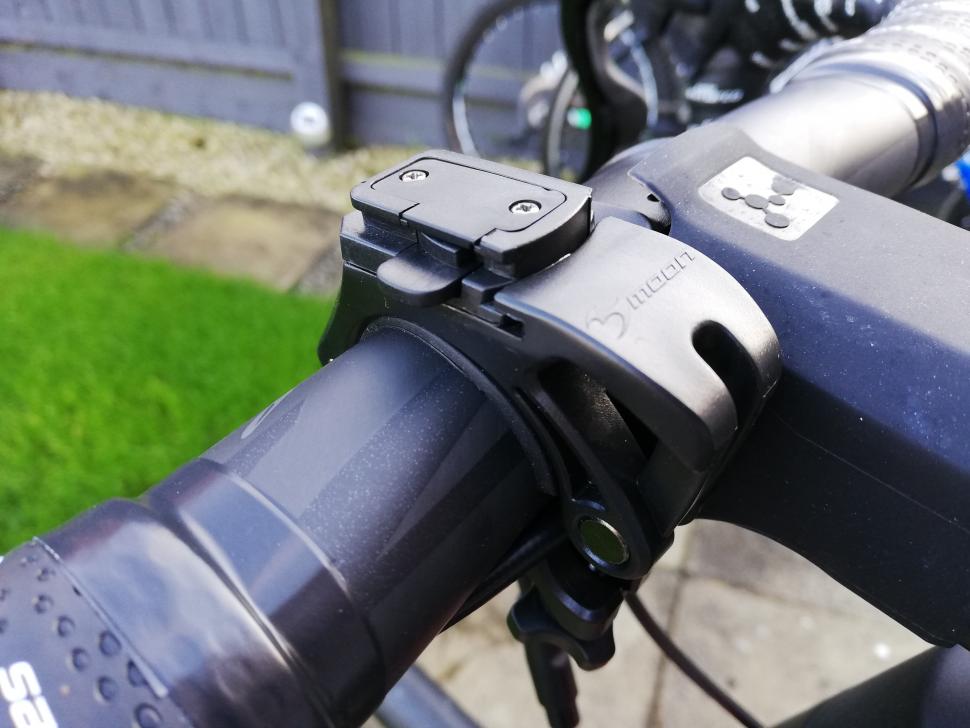
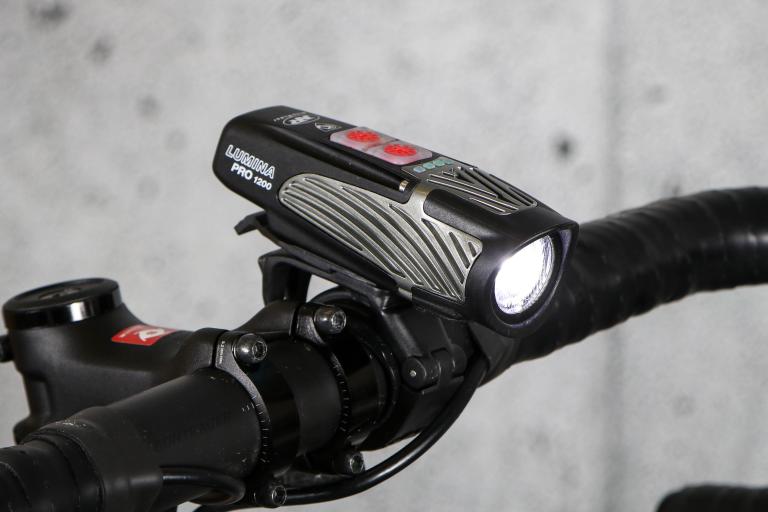
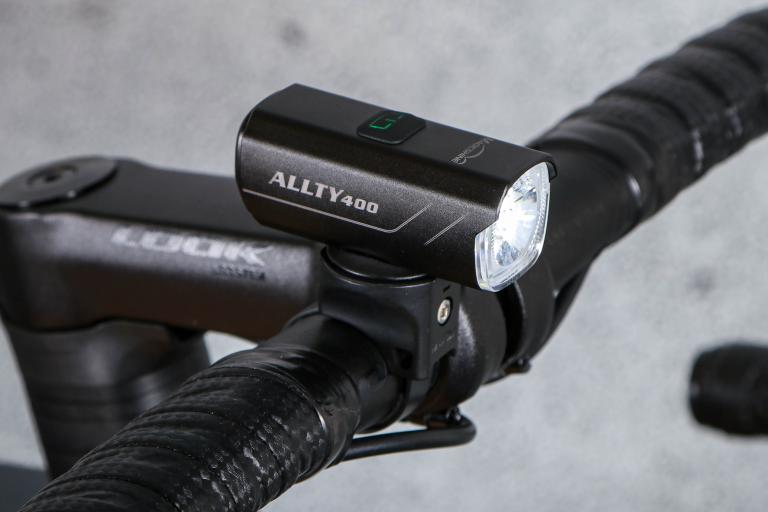
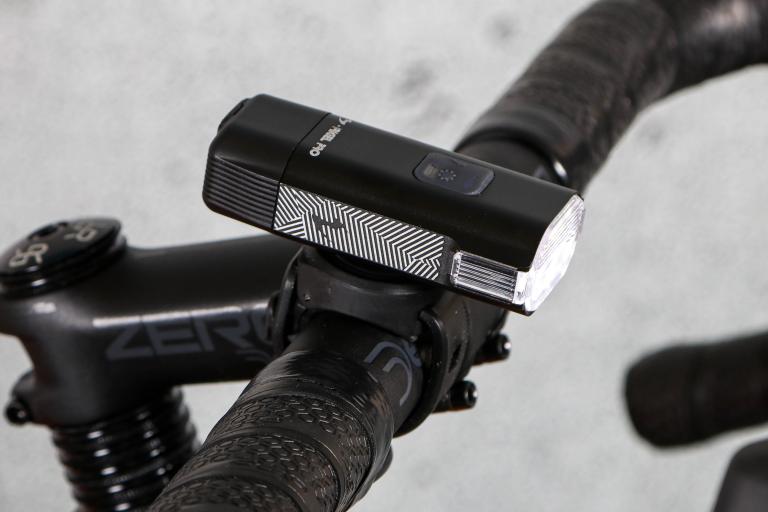
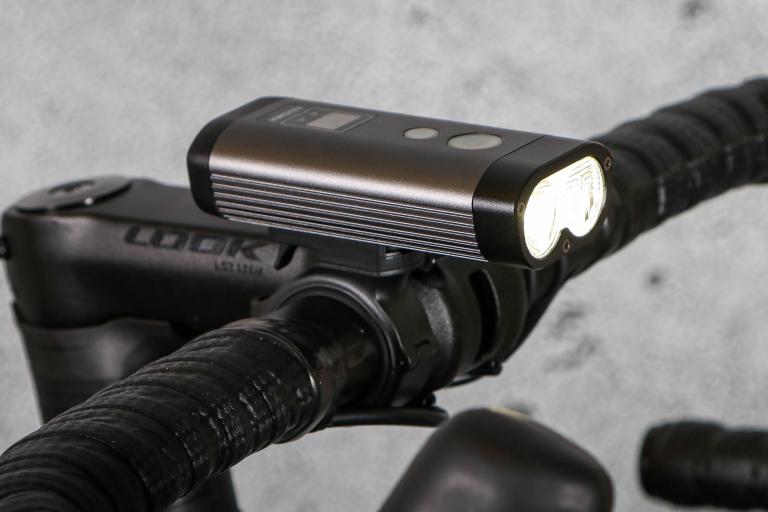
Add new comment
6 comments
Looks like Road.cc have tested the older version as the new version is 1700 lumens max.
Making it a 9 out of 10 easily for value.
Looks like I'm an unluck one.
I have had Moon Meteor Storm Lite Front Light for a while, great light until it starts raining heavily. It failed in two Audax rides, enough that I can't really count on it. I still use it, but always carry a backup. On pluse side, build quality is good, battery is impressive, on daylight flash needs charging monthly (3-4 commutes a week, over 2 hours daily).
I will certainly consider a new moon light in future, but will subject it to hosepipe test while still under warranty.
I had a similar experience with my Exposure Strada and Hope One which BOTH failed on the same wet night of LEL two years ago - both lights are *meant* to be bomb proof! There will always be a bad 'un, no matter what you spend. The Strada was four times the price of the Moon.
I very much agree with Alotronic on this one. I bought the Meteor Storm Pro 2 years ago for many of the reasons mentioned above. Good and bright, high run times in lower modes and replaceable cells as I like to do the odd Audax and long winter ride when you want power for a whole day. I ruled out buying an exposure as I just couldn't afford it but I think that the Moon is very close in terms of build quality and useability. It's full machined aluminium construction and it's a lovely bit of kit.
I use it for both Road and Mountain biking and it's fine for both. Might not be perfect beam pattern but it's bright enough that it doesn't really matter.
I have recommended Moon lights to a lot of my mates who were fed up with buying cheap chinese lights and they've all been delighted. So, if in doubt... buy a Moon.
Currently using the earlier white-only version and it is a good light and i would buy one again for sure. The ability to programme modes would be an added bonus for sure, my one is a scroll through the options version, though at least the flash and steady mode are kept seperate. I have dropped it a good few times and it is still running well.
Something that reviews of lights are not mentioning is the long term value and battery setups. This light you can replace the baterries which means both that it will last a long time AND you can take spares with you.
I used this on PBP with a cache battery and running at setting 3 (around 300/400w) on mine lasted through the night, so three topups and I was well lit for four nights running. I have never used 1200w on the road. Setting 3 was good enough for unknown roads at decent speeds.
Previous headlights include a Exposure Strada (broke) and a Raveman 1200 (lens fell off in middle of nowhere). The only criticism of the moon is the round light pattern; Strada, Raveman and my B&M IQ are all better in this, but then most people use round beams. As such this one is a good spread.
Would be great if the yellow 'anti-fog' was a road specific beam pattern. The less extraneous light projected into the atmosphere before you the less glare and bounceback from the fog. Plus it would be nice to have it for regular town use as well.